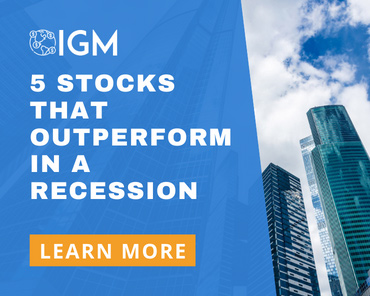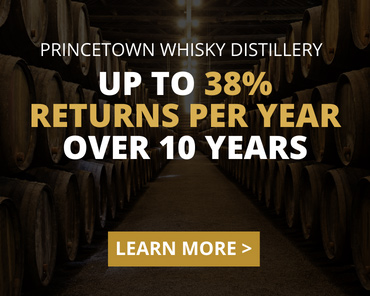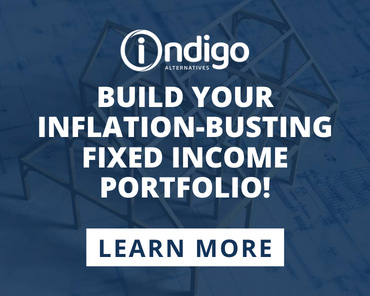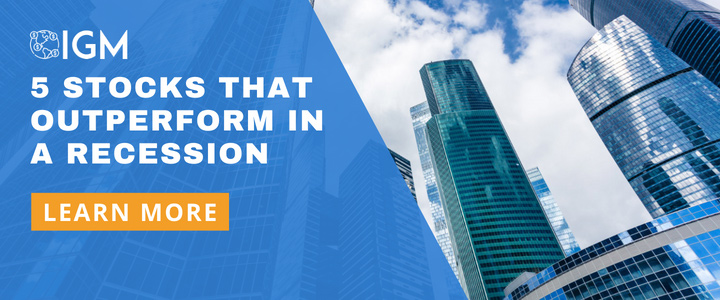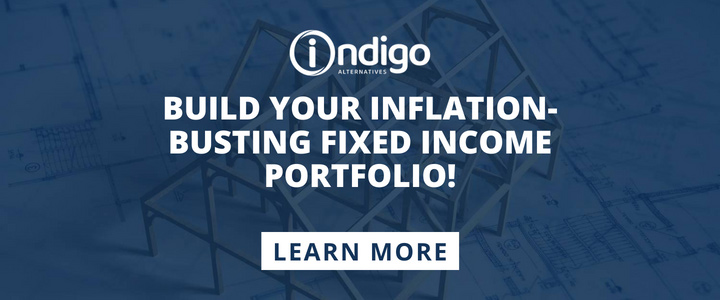Wind power doesn’t benefit everyone
One issue all wind farms face is the economics of an unevenly distributed resource, a reality that can make for bad blood in communities.
Wind farms generate taxes or payments to government, which many counties use for roads and other infrastructure, hospitals and schools. But that’s different from not getting a yearly check when your neighbors do.
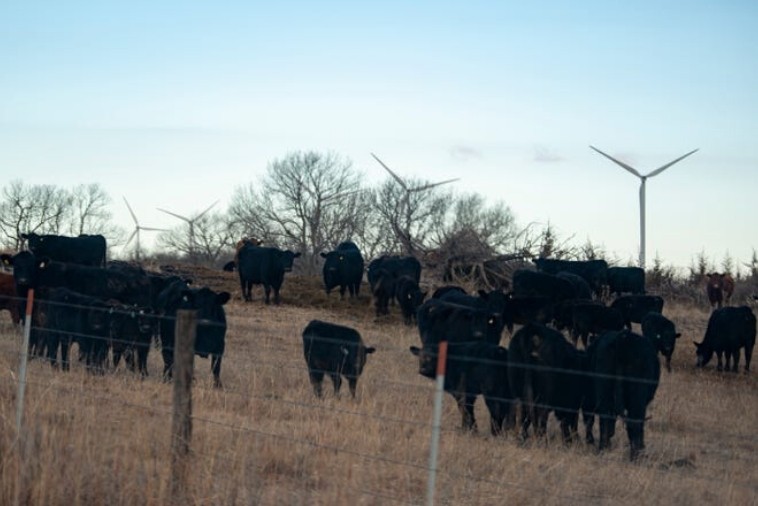
The problem with wind, like the problem with oil, is that not everyone ends up with a turbine or a pump jack on their property because not every bit of land is right for wind or oil extraction.
That can create bitterness, Thimesch said. “The ones that didn’t get one don’t see value. The ones that got ’em, see value,” he said.
In some areas, wind farms have begun making smaller payments to landowners who don’t have turbines sited on their land but who are near a farm, just to even things out.
“In Michigan, you’ve seen some companies try to offer some modest amount of payment to nonparticipating residents as a way to help establish buy-in,” said Jason Brown, a research and policy officer in the economic research department of the Federal Reserve Bank of Kansas City.
At Meridian Way, the developers did the same thing. Landowners who don’t have turbines on their land but who are within a certain distance, about half a mile of one, get annual compensation.
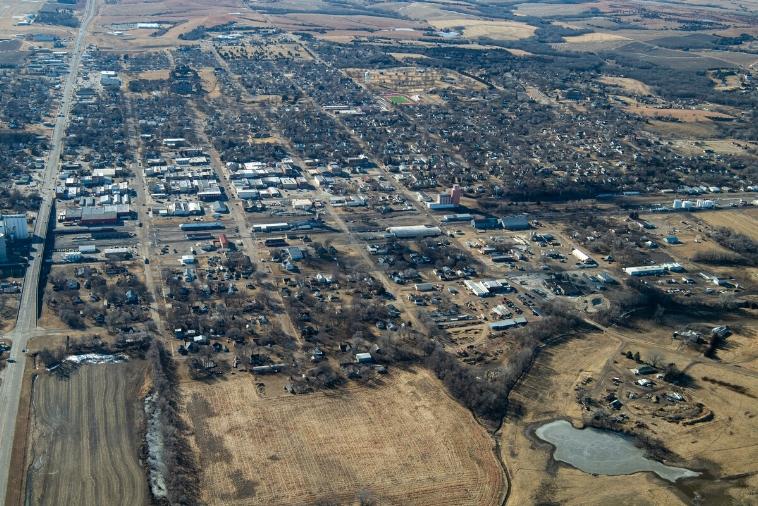
“It’s the good-neighbor clause,” said Michelle Graham, Meridian Way’s operations administrator.
Another issue is even on land with a turbine, the money doesn’t necessarily go to the person farming or ranching the land.
That’s because many U.S. farmers and ranchers rent or lease at least some of the land they work rather than owning it. Nationwide, 40% of all agricultural land is rented, according to the USDA Census of Agriculture. In some wind-rich states, the number is higher.
In Iowa, for example, 55% of the land that’s farmed is rented, said Dave Swenson, a regional economist at Iowa State University in Ames, Iowa. Although the turbines provide a nice annual income stream to the landowner, the money doesn’t always go to the person who lives there.
“Wind energy is beneficial to only a small subset of landowners and not necessarily farmers,” Swenson said.
Thimesch noted that although the person farming the land might not receive the checks, the owners often stay in the area. He sees neighbors retiring and renting out their land and living off the rental income and the supplementary income from the turbines.
“To them, that is priceless. For the next 30 years, they know they’re going to draw an income, and it will be handed down to their kids,” he said.
Click to next page to continue reading

